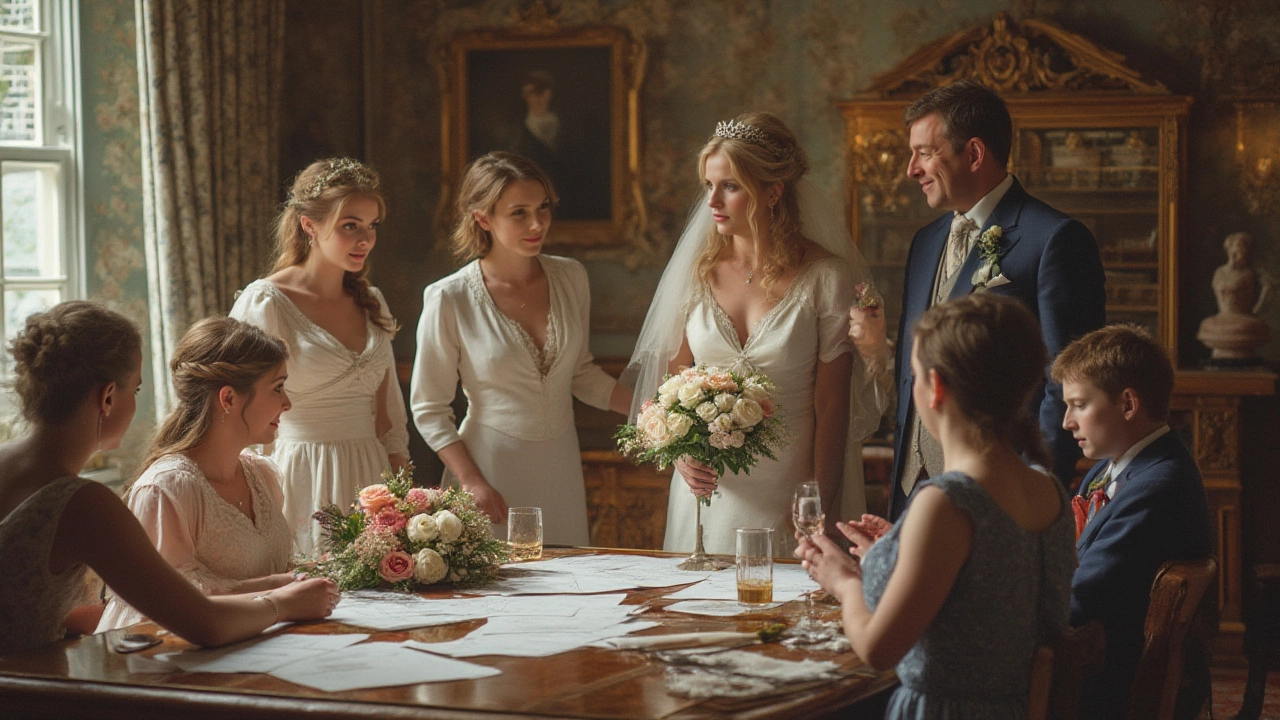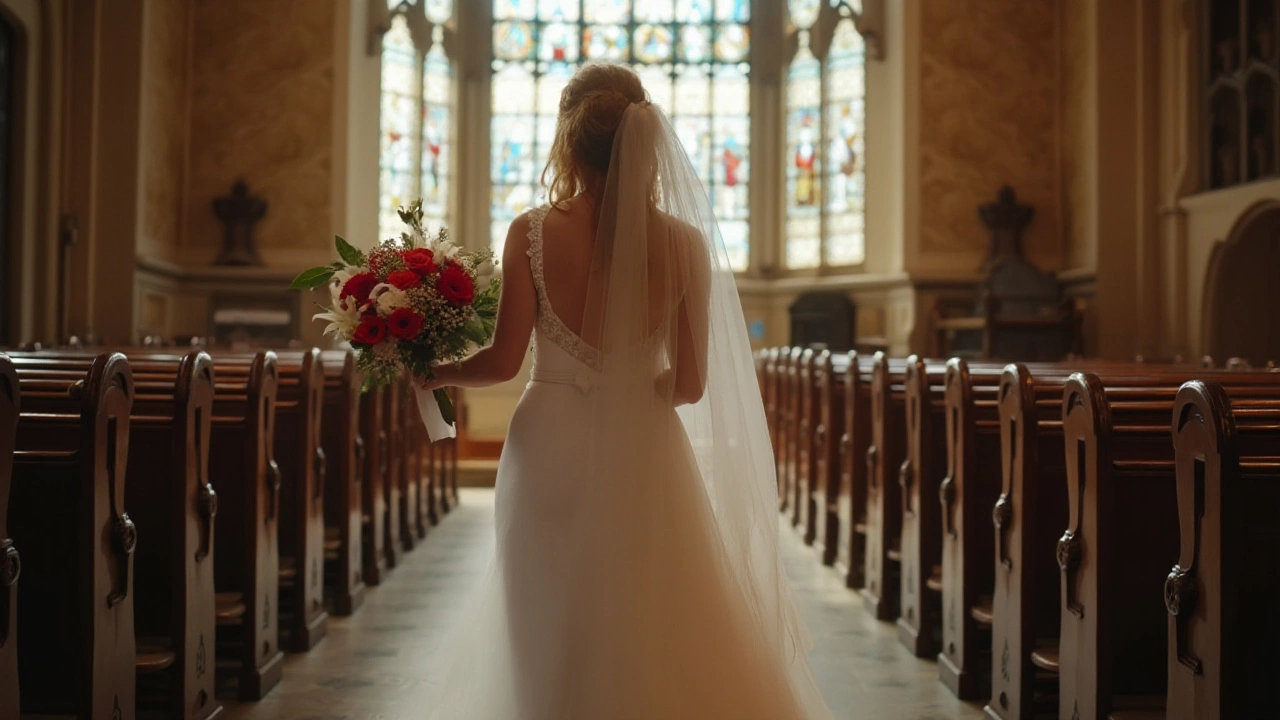Flower Traditions: What Every Bride Should Know
Flowers are more than pretty decorations – they carry stories, symbols, and memories that have been passed down for generations. When you pick a bloom, you’re choosing a piece of history that will show up in photos, scent the air, and add a personal touch to your ceremony.
Below, we break down the biggest flower traditions you’ll hear about, explain why they matter, and give you quick tips so you can decide what fits your style and budget.
Why Flowers Matter in Weddings
From ancient Roman feasts to modern boutique weddings, flowers have always marked the start of a new partnership. In many cultures, a specific bloom signals love, fertility, or good luck. For example, roses have long stood for romance, while lilies often represent purity. Knowing the meaning can help you choose a bouquet that says exactly what you want.
Beyond symbolism, flowers also set the visual tone. A pastel garden theme feels soft and dreamy, while bold reds can create a dramatic, glamorous vibe. The right mix can tie together everything else – the dress, the venue, even the invitations.
Common Flower Traditions and Their Meanings
The Bridal Bouquet – The classic tradition is to hold the bouquet over your head and toss it to the single ladies. Legend says the catcher will be the next to marry. If you’re not into the toss, you can keep the bouquet as a keepsake or give it to a close friend.
Garter Toss – Though not a flower, the garter often pairs with the bouquet toss. Some couples link the two by attaching a small blossom to the garter for extra luck.
Flower Crowns – Popular in boho and woodland weddings, crowns made of wildflowers symbolize youthful love and a connection to nature. They’re cheap, easy to DIY, and look great on guests.
Floral Centerpieces – Traditionally, the center of each table features a low, symmetrical arrangement. Modern twists include mismatched vases, single stems, or using greenery only. Pick blooms that match your theme’s colors to keep the look cohesive.
Seasonal Selections – Choosing flowers in season is both budget‑friendly and environmentally kind. Spring brings tulips and peonies, summer offers roses and dahlias, autumn features chrysanthemums and sunflowers, and winter leans on amaryllis and holly.
When you’re planning, ask yourself three quick questions: Do I want a symbolic meaning? Does the flower fit the season? Can I afford it? Answering these will narrow down options fast.
Pro tip: If you love a pricey bloom like peony but your budget is tight, use a few stems as focal points and fill the rest of the arrangement with inexpensive greenery. The result feels lush without breaking the bank.
Remember, the best flower tradition is the one that feels right for you and your partner. Whether you stick to classic roses or go wild with succulents, the flowers you choose will become part of your love story. So have fun, trust your gut, and let nature add its magic to your celebration.
Who Pays for Wedding Flowers? Traditions, Trends, and Modern Etiquette
Wondering who covers the cost of wedding flowers? Get a look at old traditions, new trends, and smart budgeting tips—all in one easy guide.
View MoreThe Timeless Tradition: Why Brides Carry Flowers Down the Aisle
The tradition of brides walking down the aisle with flowers dates back centuries, imbued with symbolism and cultural significance. Flowers serve as emblems of love, fertility, and fidelity, often chosen for their meanings to reflect the couple's aspirations for their future. Over the years, the bridal bouquet has evolved in style while maintaining its place as a cherished wedding element. This article explores the historical roots, symbolic meanings, and modern-day trends of this beautiful wedding custom.
View More
